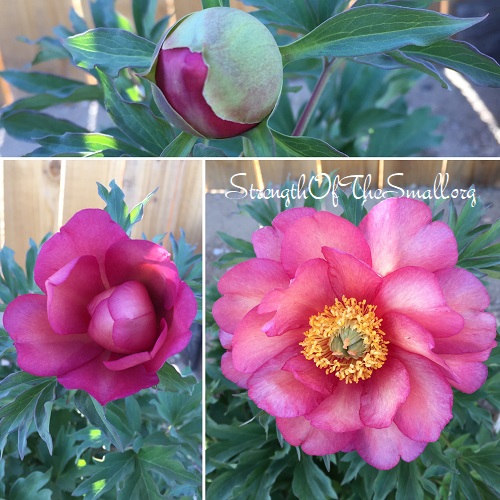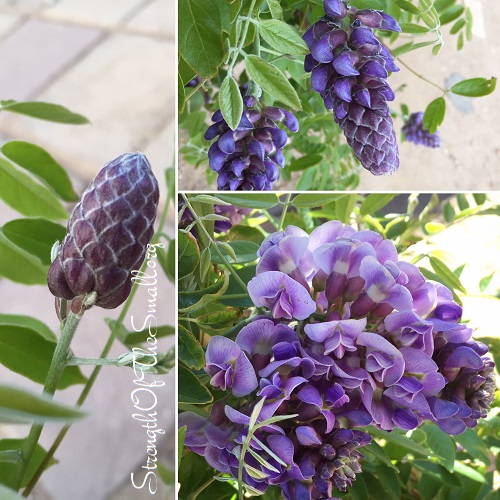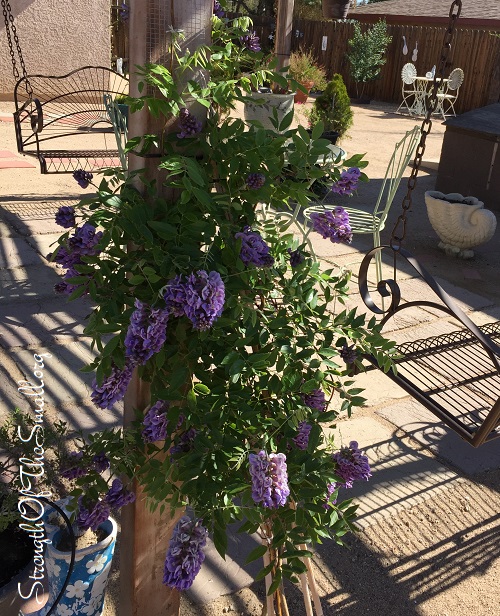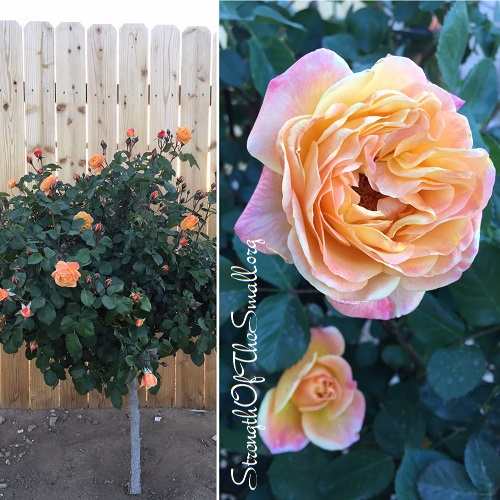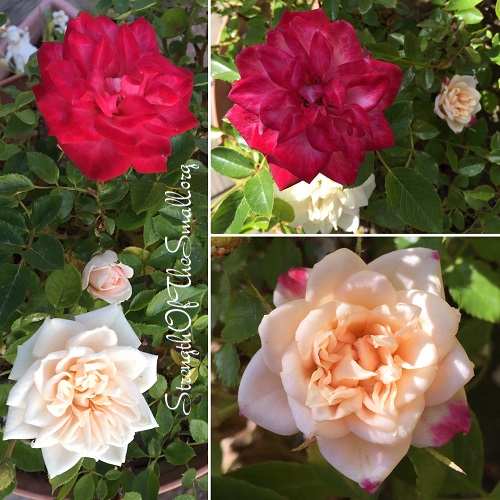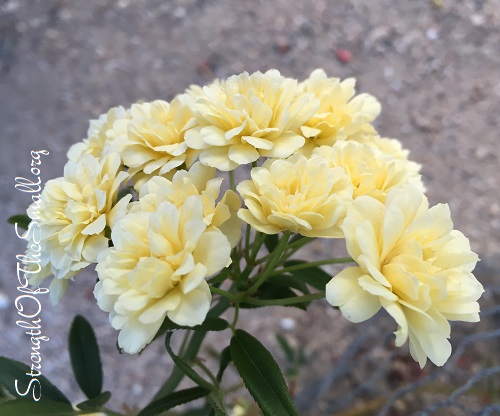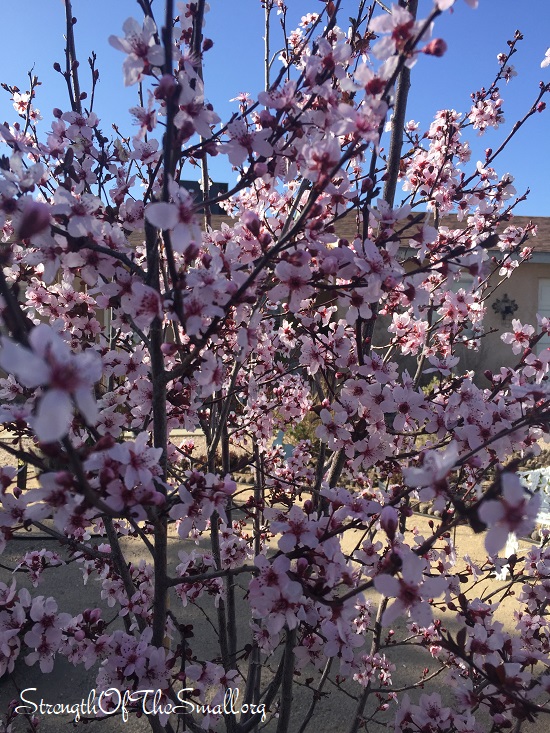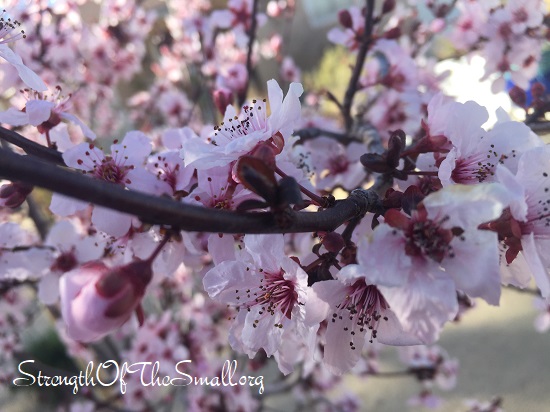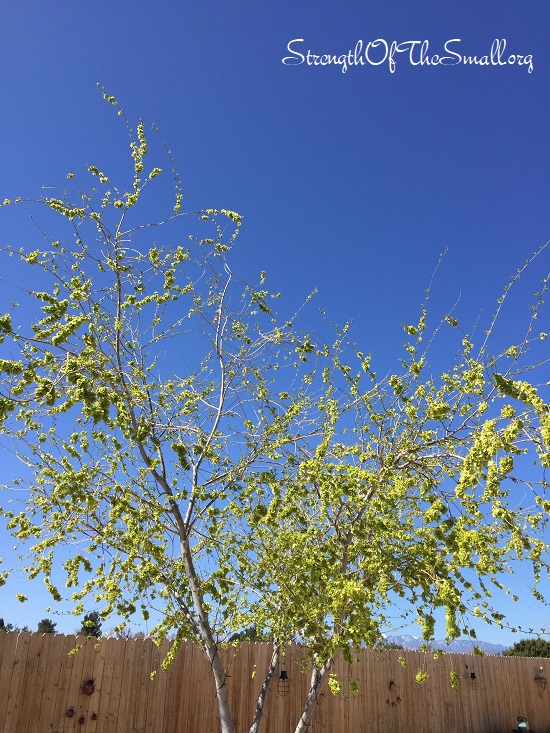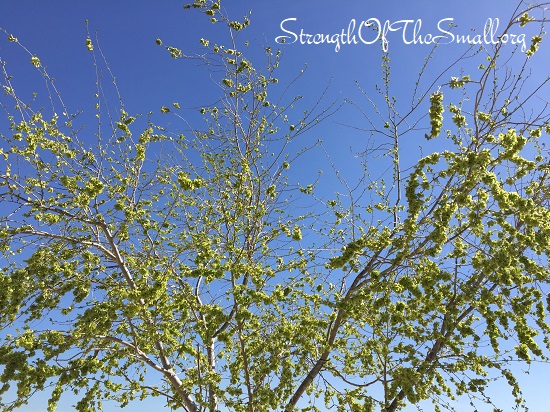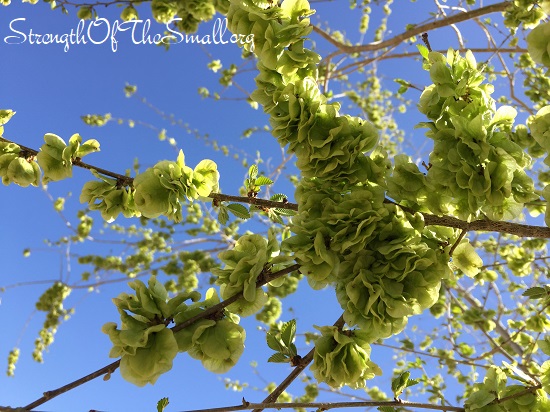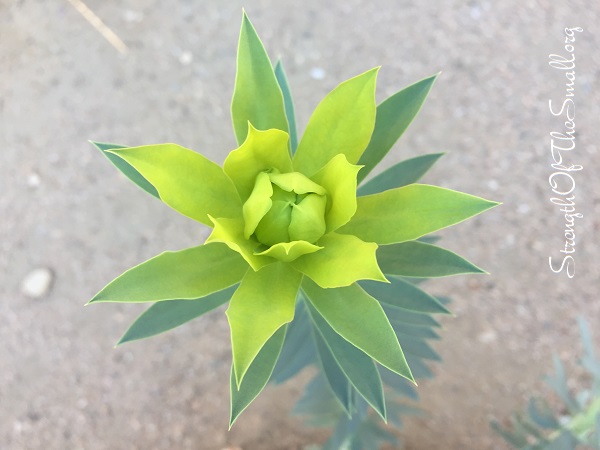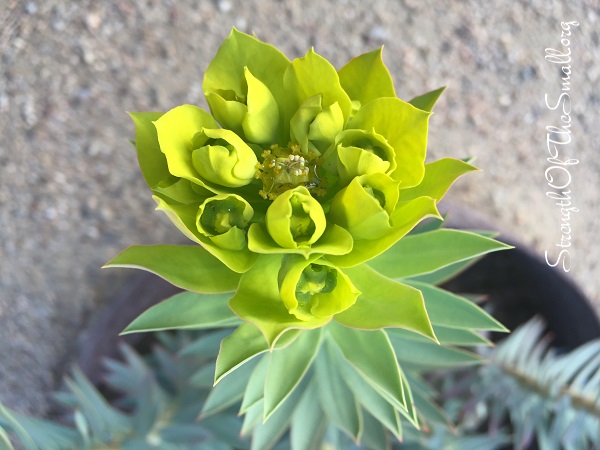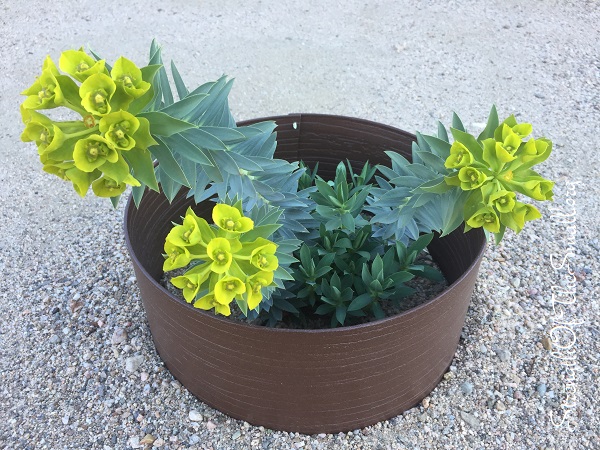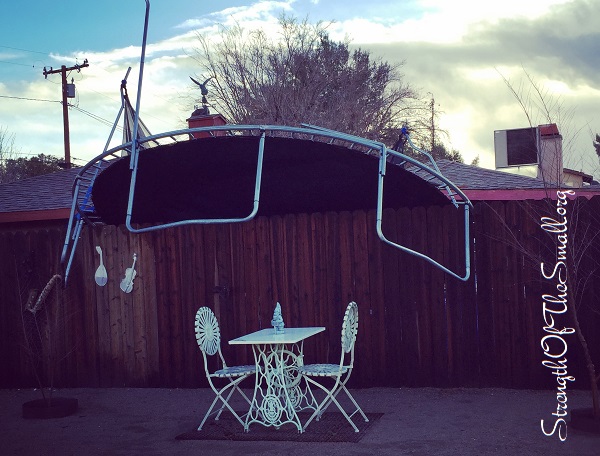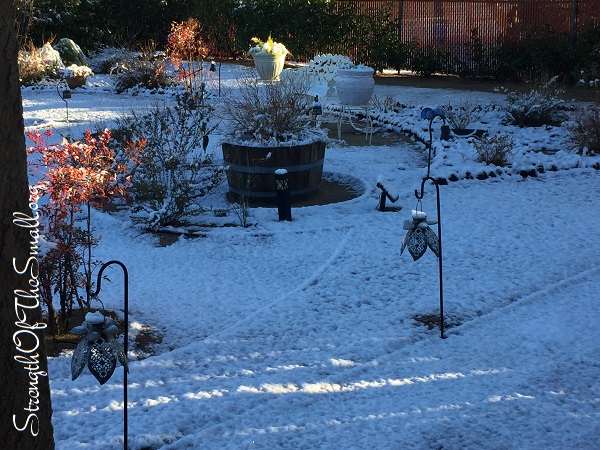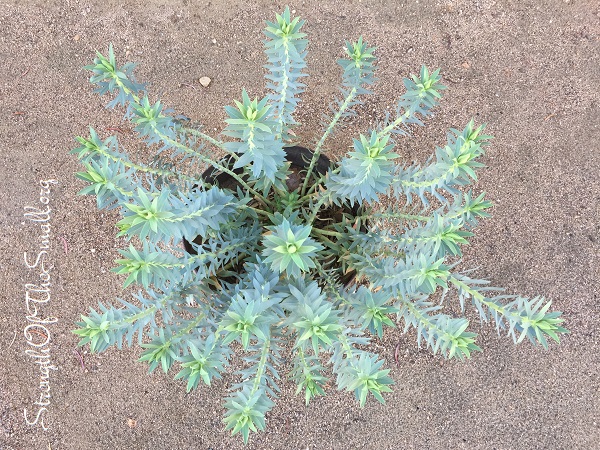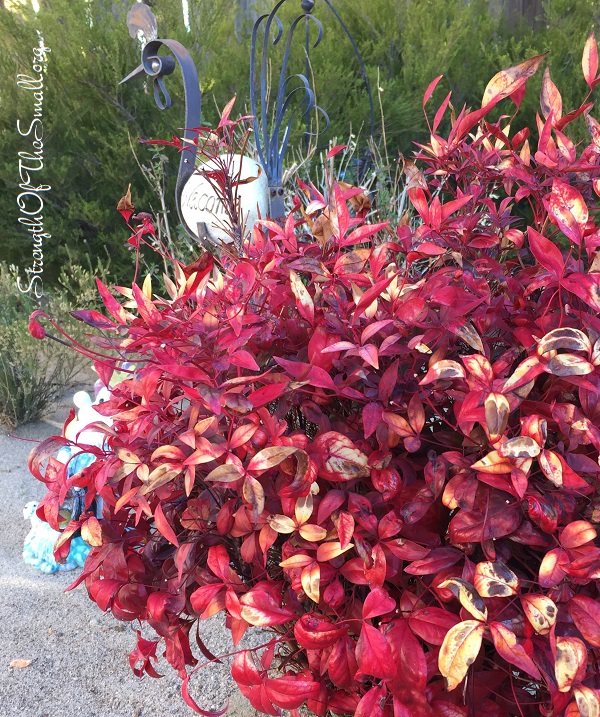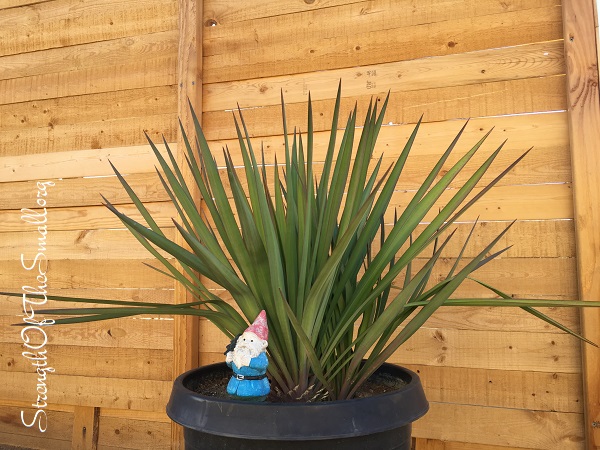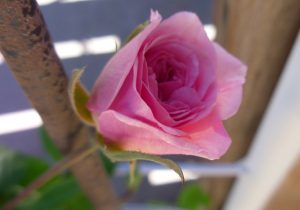These couple of weeks have been exhausting, with extreme heat and high temperatures reaching 107 Fahrenheit almost daily. All outdoor activities are being postponed or put on hold until early evening when the weather is cooler. In times like these, some rainfall is much needed and would be greatly appreciated.
There have been interesting finds in the garden such as the gorgeous Cherry Pink Calibrachoa below (also known as Million Bells). I’ve had them for over eight years. The first couple of years they were in hanging baskets and then I moved them in containers.
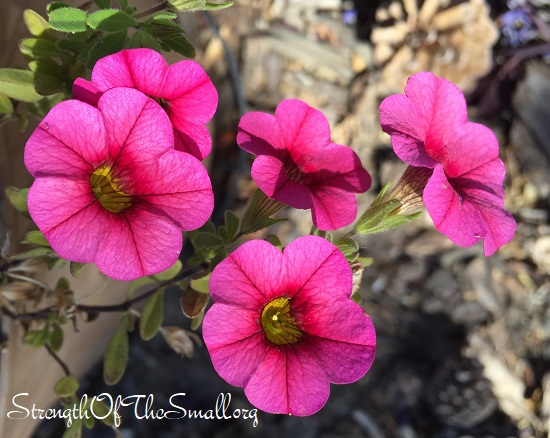
This season as usual the Pomegranate tree has produced hundreds of buds with most flowering, and a few dropping due to high winds.
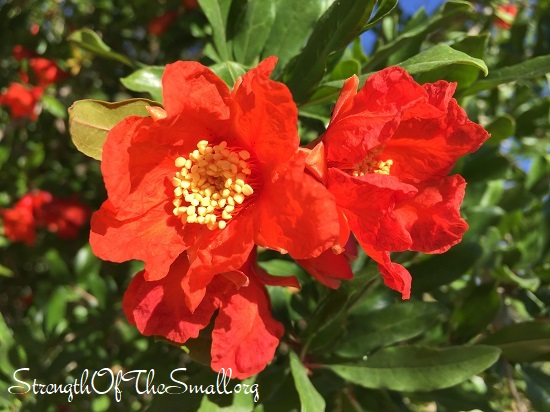
I enjoyed watching the Amaryllis ‘Minerva’ and White Lilies blooms. I cut a few stems and they lasted for a couple of weeks in a vase. The combination was beautiful.
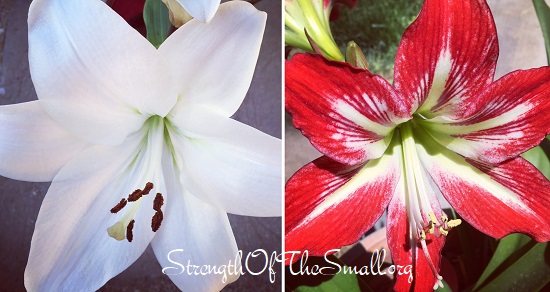
The Plains Coreopsis below also known as garden tickseed was part of a class experiment project for my daughter. She along with other classmates were given random seeds and were instructed to grow and care for them, reporting once a month. This seed germinated on time, but took a while to grow. I moved the seedling to a larger planter earlier in the month and it thrived. Last week one of the buds developed into a yellow flower with maroon/red center.
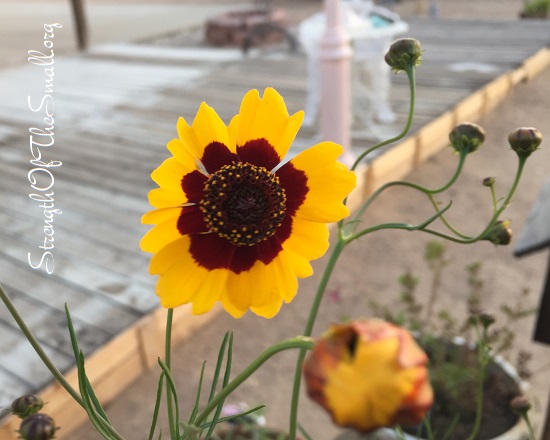
I have different varieties of Pine Cone Cactus in my backyard, Tephrocactus Articulatus var. Inermis, Tephrocactus articulatus var. Strobiliformis, and Tephrocactus var. Diadematus. I have had all three species for a year and they have flowered for the first time two weeks ago. The plants produce delicate showy white flowers with a yellow center at the tips of the joints, lasting up to 48 hours and closing at dusk to reopen at dawn.
It is recommended to use gloves while handling the strobiliformis species as they have little glochids at the areoles which irritate and are hard to get out of the skin.
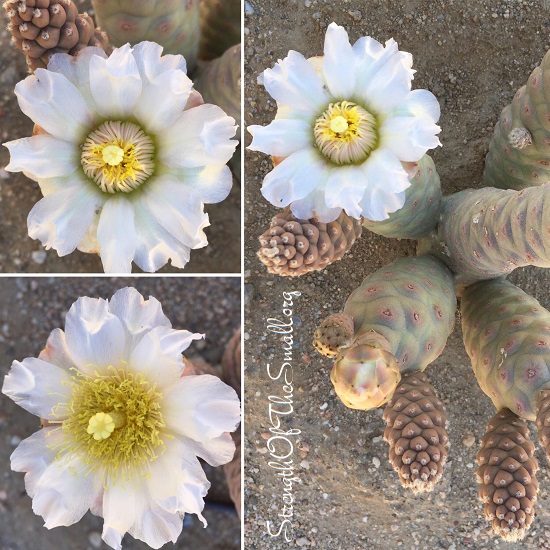
Other heat tolerant plants in my garden are:
|
Happy gardening. Stay hydrated and rehydrate often.
